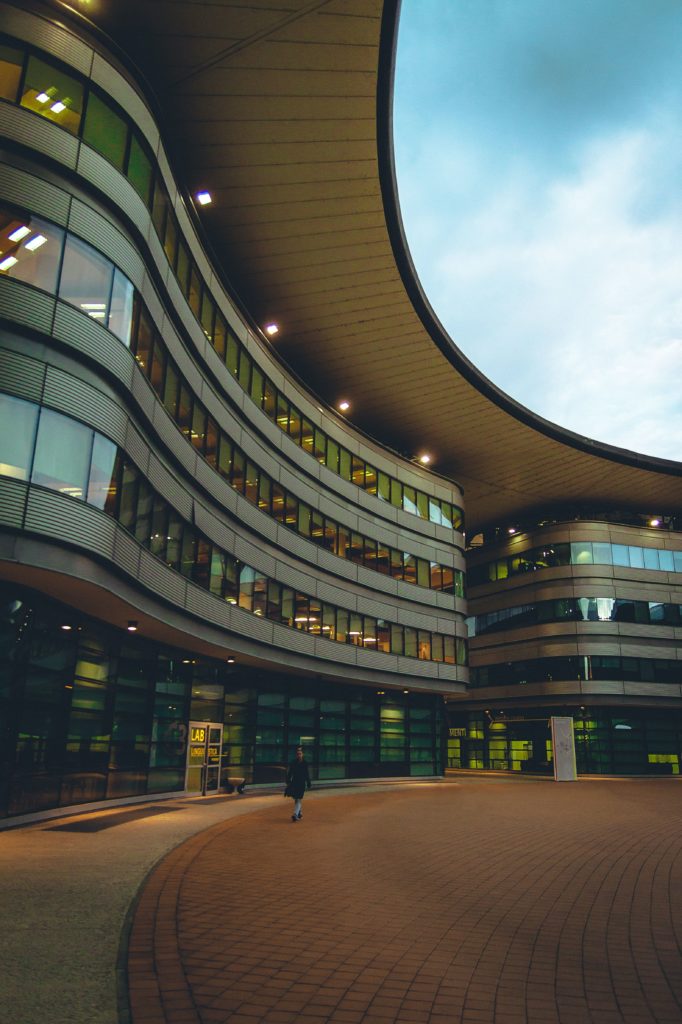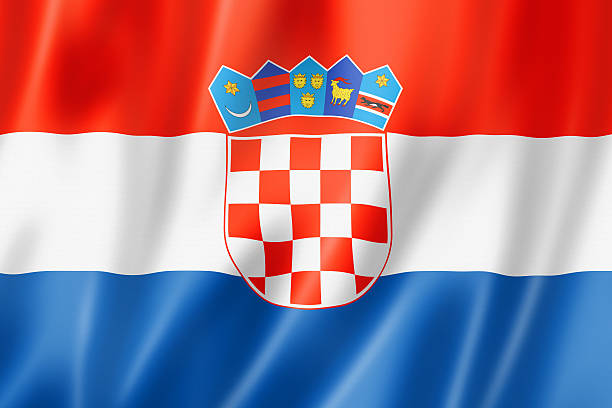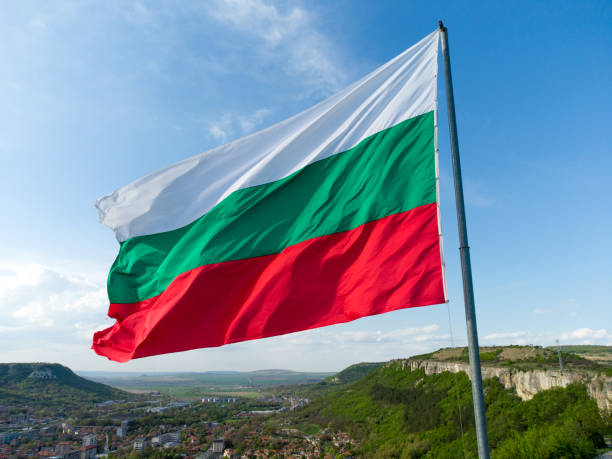Italy is a country in south-central Europe, occupying a peninsula that goes deep into the Mediterranean Sea. The country covers a total area of 301,340km square and shares land borders with France, Switzerland, and Slovenia.

The education system in Italy
The education system is arranged in relation to the principles of inferiority and independence of institutions. The state has exclusive legislative competencies on the overall organization of the education system i.e minimum standards of education, school staff, quality assurance, and state financial resources. The Ministry of Education and therefore the Ministry of university and Research are accountable for the general administration of education at the national level for the relevant fields that guarantee the application of general provisions and the respect of the minimum performance requirements and of standards in each Region.
The Italian education system is especially a public state system. However, private subjects and public bodies can establish education institutions like nonState schools are often either adequate to state schools called Scuole Paritarie or merely private schools. The latter cannot issue qualifications. The state directly finances state schools. Scuole Paritarie receives state contributions consistent with criteria established annually by the Ministry of education.
Home education during compulsory education is a possible option only upon certain conditions. Students attending a merely private school or a parental school must sit for specific exams to prove the acquisition of the expected competencies. The system of education in Italy features a vast state sector and a smaller, more unique private sector;
There are 4 levels of education in Italy:
- Scuola dell’infanzia (36 years old)
- Scuola primaria (611 years old)
- Scuola secondaria di primo grado (1114 years)
- Scuola secondaria di secondo grado (1419 years)
Students at the Italian state schools adhere to the national curriculum. The state school system is run by the ministry of education, universities, and research.
Any child over the age of 3 is allowed a place at a pre-schooling. Scuola Primaria lasts for five years whereby children learn basic skills for example reading and writing.
The next stage of schooling in Italy is the Scuola Secondaria di primo Grado (first grade/lower secondary). It goes on for 3 years. The children study the same subjects they studied back in primary school.
Generally, students can choose among 3 various types of upper secondary schools:
- Lyceums,
- technical schools,
- vocational schools.
Among the different types of Italian upper secondary schools, Lyceums are the most all preparing students for tertiary education the most. Moreover, technical high schools offer both technical and theoretical preparation, while vocational schools mostly focus on practical training. Nevertheless, all these types of secondary schools allow students to apply to university.
Upon finishing this stage of secondary school, a student will have an option of which way to continue with their education at Scuola Secondaria.
About 40% of scholars who graduate from high school enroll at university. In the 2018/2019 school year, the Central regions of Italy registered the very best enrollment rate, where 46% of all high school graduates decided to attend university. In the same year, there were over a million bachelor’s students in Italy, accounting for about 60% of all university students in the country. The most popular field of study in Italy is economics, followed by engineering.
All children in Italy may leave school at the age of 16, nevertheless in order to acquire a diploma di Scuola, Superiore any student who attends any type of lice will be required to stay in school for 5 years.
About 90% of Italian children attend free state schools.
Grading system in Italy
In both primary and secondary schools, a 10-point scale is commonly used with 6 being the least passing grade.
School hours in Italy
School hours may differ from school to school, for most primary and lower secondary schools, classes begin from 8;00 and 13;00 Monday to Saturday.
Most students in Italy attend public schools, whereas private schools occupy as little as 10% of students in the country. When it comes to the quality of education, public schools in Italy are recognized as having more fair results than private schools. Best schools in Italy.
Best schools in Italy
Italy is widely known to be producing one of the best schools in the world.
There are different kinds for example:
- American overseas school of Rome
This school was founded just after WW2 by a group of American and British mothers as a non denomination international school. It performs very well.
- The new school in Rome
It is a little school providing an English environment within the residential northern part of the town.
- Marymount international school Rome
It is Rome’s first international school founded in 1946, respected for its IB diploma program.
- Saint Francis international school
This school seeks to supply a sound education in respect of the values of tolerance, solidarity, trust, and integrity.
- Castelli international school
It is one of the foremost exciting green international schools in Europe discovered in 1977.
- Westminster international school
It is a pre-school and primary in Pisa, a small city on the sea west of Florence, was discovered in the year 2000 and allowed to teach the international primary years since 2012.

